This image shows three of Saturn's small moons and a portion of its rings (left). The two shepherd moons, Prometheus and Pandora, guide particles in the F ring into a narrow band. Another small moon, Epimetheus, can be seen in the upper right corner of the image. This image was taken by the Cassini spacecraft on May 1, 2004 when Cassini was 31.4 million km (19.5 million miles) from Saturn.
Click on image for full size
Image courtesy NASA/JPL/Space Science Institute.
Pandora
Pandora is a small moon of Saturn. It was discovered by S. Collins and others
in 1980 from photos taken by the Voyager
1 spacecraft.
Pandora's name comes from Greek mythology. Pandora was the first woman, and
was given to humankind by Zeus as a punishment (oh those wacky ancient Greeks!)
for Prometheus' theft of fire from the gods. Pandora was given a box that contained
all of the evils that could plague people. Out of curiosity she opened it,
thus releasing all of humanity's ills into the world. Pandora's tale is not
a happy one! She was also the wife of Epimetheus.
Pandora and Prometheus, another small moon of Saturn, are known as shepherd
satellites. These two small moons orbit within Saturn's
vast ring system. Like shepherds guiding their flocks of sheep, these two
moons guide the particles of Saturn's
"F ring" into a narrow band. The combined gravitational pulls
of the two moons force the ring particles to orbit within a narrow range.
Pandora is not round, but is more of a "potato-shaped" moon. It is about 110
by 84 by 62 km (68 x 52 x 39 miles) in size. It orbits Saturn at a distance
of 141,700 km (88,048 miles) from the planet's center.
You might also be interested in:
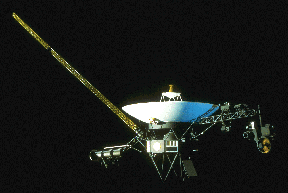
The rare geometric arrangement of planets Jupiter, Saturn, Uranus, and Neptune in the 1980's made it possible for the Voyager spacecrafts to visit them over a 12 year span instead of the normal 30. They
...more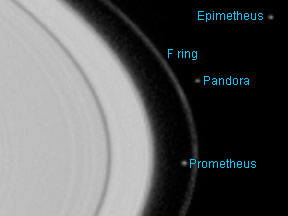
Prometheus is a small moon of Saturn. It was discovered by S. Collins and others in 1980 from photos taken by the Voyager 1 spacecraft. This moon's name comes from Greek mythology. Prometheus was a Titan
...more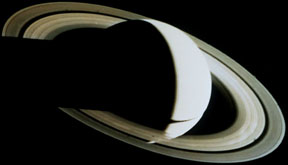
Many people are fascinated by Saturn's rings. Although Saturn isn't the only planet with rings, it is the only planet famous for them. Almost every image or drawing of the planet has the rings included.
...more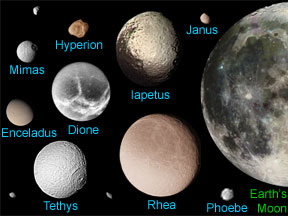
Saturn has // Call the moon count function defined in the document head print_moon_count('saturn'); moons. Many of those are tiny chunks of rock or ice only a few kilometers (miles) across. One of Saturn's
...more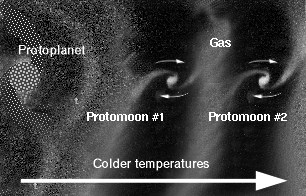
In many respects Titan is similar to the other icy moons, but Titan is the only icy moon to have an atmosphere that can be compared to other planets'. It is natural to ask how is this possible since Titan
...more
Titan's atmosphere is a lot like the Earth's, except that it is very cold, from -330 degrees to -290 degrees! Like the Earth, there is a lot of Nitrogen and other complex molecules. There also may be an
...more
Pandora is a small moon of Saturn. It was discovered by S. Collins and others in 1980 from photos taken by the Voyager 1 spacecraft. Pandora's name comes from Greek mythology. Pandora was the first woman,
...more













